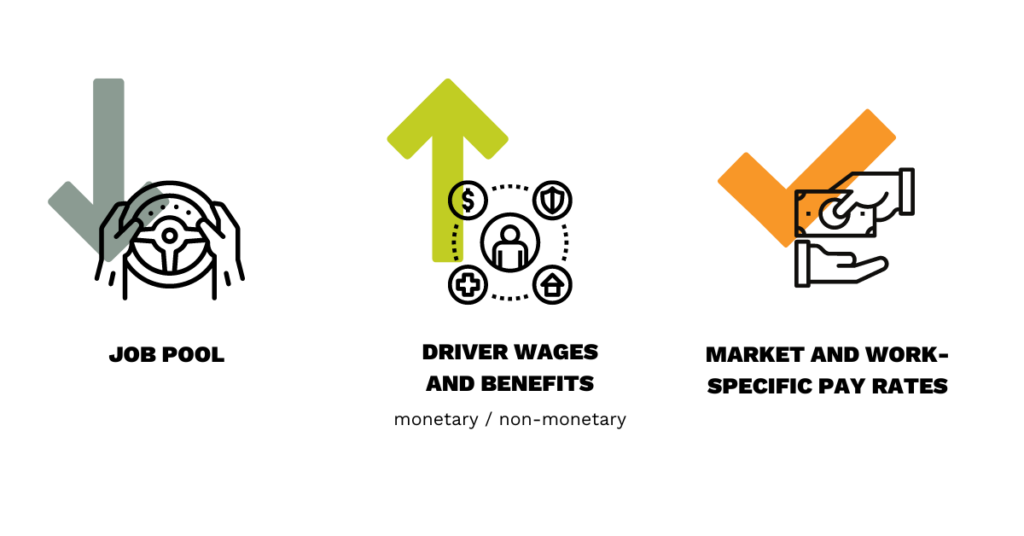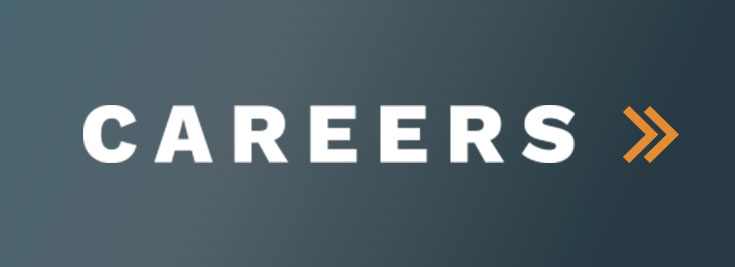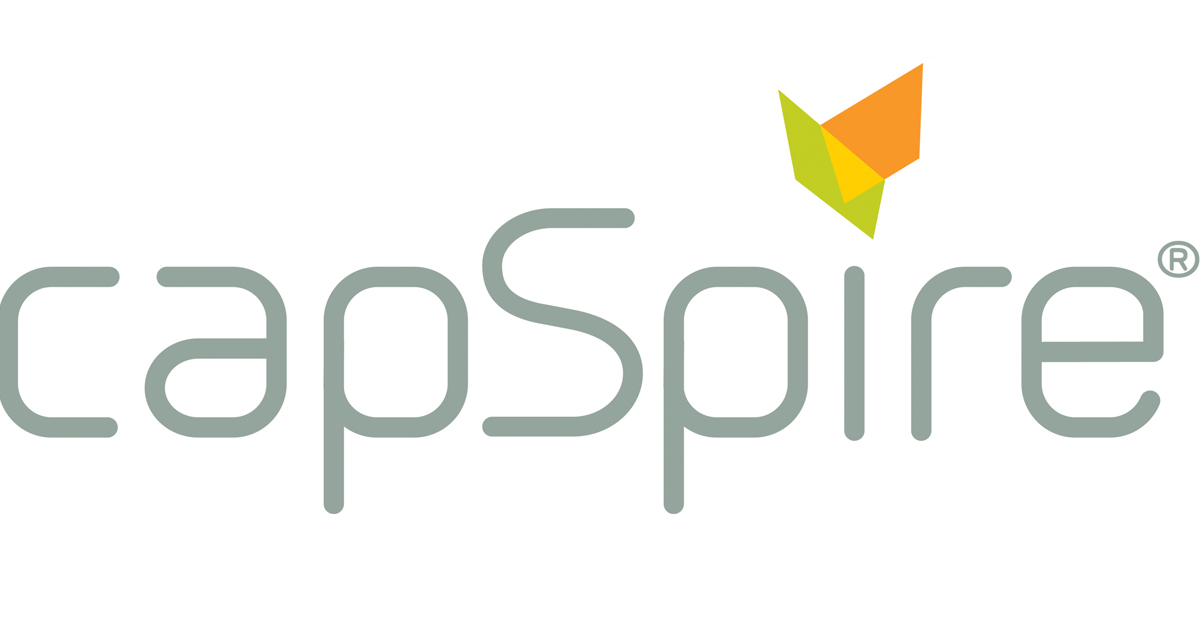If you’re in the fuel trucking space, you know one of the biggest challenges for the industry is the ongoing shortage of truck drivers. Companies are struggling with large numbers of drivers exiting the field, aging workforces, and an inability to recruit newer, younger drivers. So, what’s the solution for overcoming recruiting and retention problems? Our extensive research into this issue holds the answer: It’s time to re-evaluate your payroll model to remain competitive.

What Motivates Drivers Beyond Wages and Benefits
1 | Targeted Incentives
Incentives can be a powerful tool to promote desirable behavior, which is why 70% of carriers offer some type of incentive. These include starting bonuses and retention bonuses.
2| Financial Rewards for Fuel Efficiency
Fuel costs are the second-highest line item for carriers behind driver compensation. Therefore, offering drivers an incentive to reduce their fuel usage and take more efficient routes makes sense. When drivers improve their average miles per gallon, companies may opt to share those savings with their drivers via an annual or quarterly bonus. This empowers drivers to make smart decisions and enables them to feel an expanded role in their company.
3| Financial Rewards for Safety Performance
This quarterly or annual bonus compensates drivers who meet or exceed safety standards when handling and hauling loads, which prevents the loss of time and profit and maintains the company’s reputation.
4 | Consideration of Driver Preferences
Many drivers report wanting guaranteed miles and weekly pay, which increases job stability while reducing pay fluctuations and personal risk. Annual pay increases based on both tenure and performance are also popular with drivers.
Driver requests related to compensation aren’t always self-serving—in fact, driver and company interests often overlap. For example, safe driving habits and fuel-efficient trips benefit both parties. Although many drivers are motivated by their pay stubs, others value responsibility, challenge, recognition, growth opportunities, and respect. So, it’s a good idea to recognize the non-tangibles that motivate drivers and align driver pay with company goals.
Want to learn the details of our recommended driver compensation structure, including wages, benefits, and bonuses? Let’s talk.
mike.strickland@capspire.com
info@capspire.com
Mike Strickland
Managing Director










